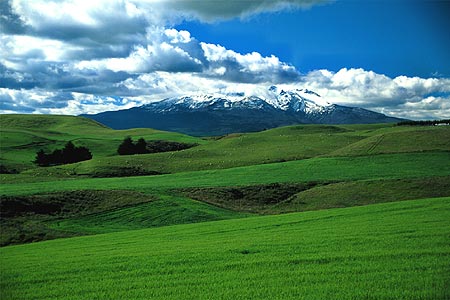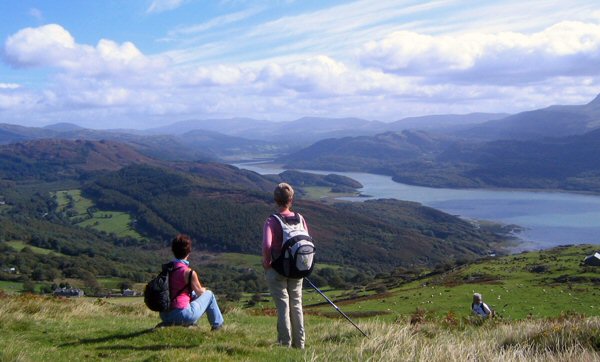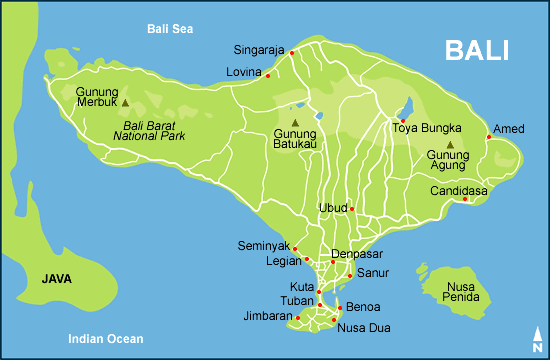The ecotourism Blog, since 2008
Every year, more than 35 million people visit Canada to enjoy the many opportunities our country has to offer, including visiting family and friends.

Canada is the 2nd largest country and the world and stretches from the Atlantic Ocean in the east to the Pacific Ocean in the west and to the Arctic Ocean in the north. Within this vast country full of natural wonder there are countless opportunities for the eco-traveller to experience ecotourism at its finest. Canada is most famous for its mountains, in particular the Rocky Mountain range. Another fantastic ecotourism choice is the Bruce Trail system that spans the Niagara Escarpment in the province of Ontario. While in this area do not miss the opportunity to visit Point Pelee Provincial Park. This is the southernmost tip of Canada and is home to a variety of flora and fauna not to be found anywhere else in Canada. As you travel west across Canada searching for ecotourism experiences, the province of Alberta will not disappoint. Alberta offers a variety of Aboriginal experiences and attractions, celebrating the recorded history of its first inhabitants more than 12,000 years ago. From celebrated provincial historic sites to little-known historic spots, there are a variety of opportunities for eco-travelers to explore Alberta’s history and cultural roots.
More details on visa here : http://www.cic.gc.ca/english/visit/index.asp
June 2011- In keeping with the old adage ‘leave nothing but footprints, take nothing but photos’ Beach House Maldives, a Waldorf Astoria Resort offers its guests a perfect memento of their stay: a patch of coral reef to call their very own.
“Coral reefs are one of the most spectacular and fragile environments on this planet”, says General Manager Frederic Lebegue. “Coral that takes decades to grow can be destroyed so easily which is why we support this project to transplant and re-grow the coral at Beach House Maldives, a Waldorf Astoria Resort.”






Bali is one of the most popular destinations in south-east Asia, certainly the second after the tourist hub of Thailand, Phuket.
Bali has developed into a kind of Saint-Tropez of Asia, mixing nice beaches, great restaurants, cafes, nightlife and amazing villas for rent. Everywhere the prices have gone up , especially in the hip districts of Seminyak, Canggu or Umalas… Villas in Umalas, Villas in Seminyak, Villas in Canggu are the most exquisite villas in the world, but aren’t always famous for their green credentials ….
So, Bali … can you still be green ??? Yes, Bali Can ! There are numerous Green destinations in Bali, further North, East and West of the island. See the map below where you can see that the South of Bali only occupies about 5% of the territory …

One of the most famous green travel options in Bali the West Bali National Park, located far North West. You can reach this National Park by roads from Gilimanuk and Singaraja, or by using ferries from Ketapang, Java. The park covers around 190 square kilometres , 5% of Bali’s total land area. And it includes a 1,000-metre long beach, reef and islets.
More green travel info in bali at http://www.greenty.com/bali-eco-hotels.aspx